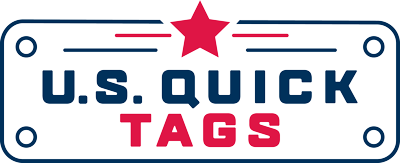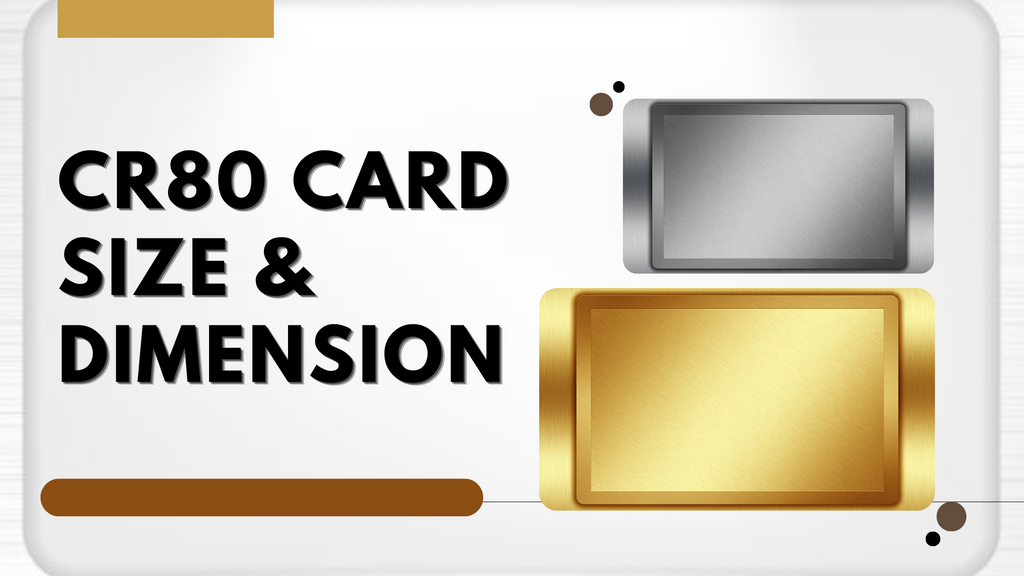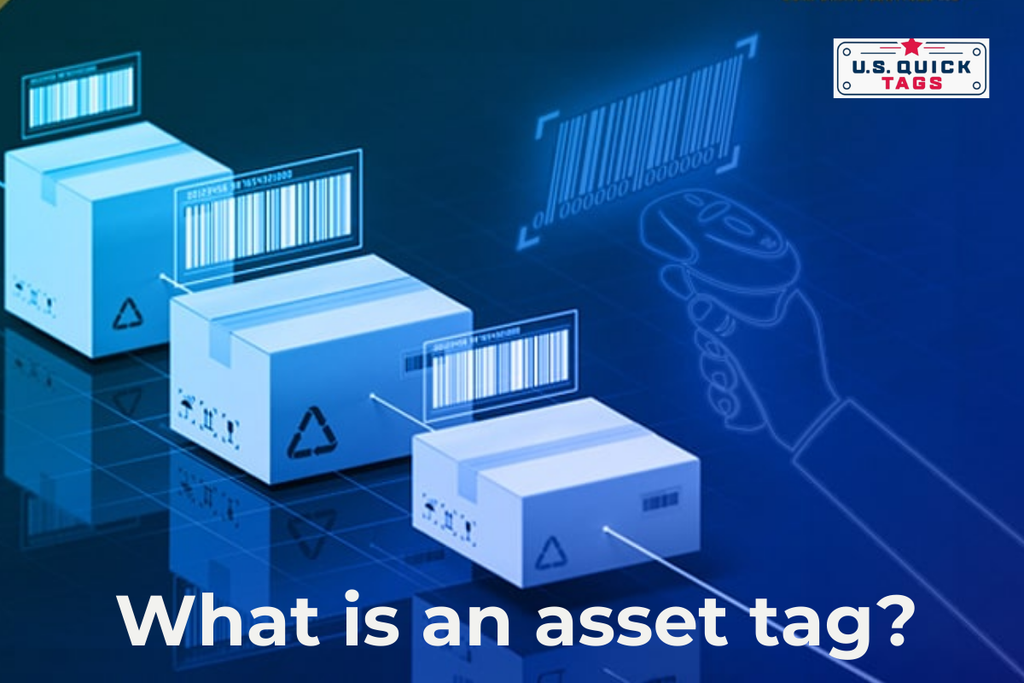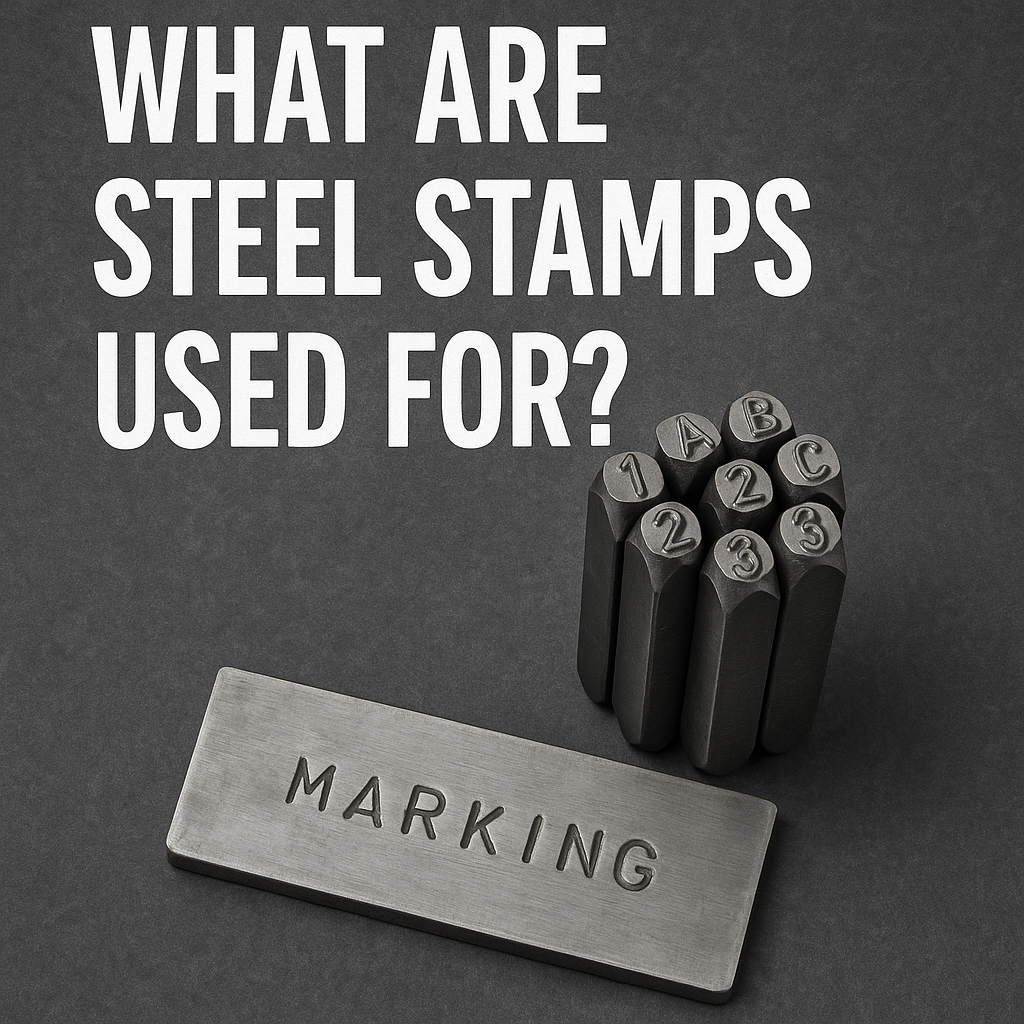CR80 Card Size and Dimensions: A Comprehensive Guide
- USQuickBlogs
- 23 Apr, 2024

If you’re looking for the specifics on CR80 card size dimensions, you’re in the right place. The CR80 card, commonly used for IDs and access cards, measures exactly 3.375 inches by 2.125 inches - a size that’s likely very familiar if you have a credit or debit card. In this guide, we’ll delve into the details of CR80 cards to help you understand their standard dimensions, applications, and why they’re the go-to choice for standard identification needs.
Key Takeaways
- The CR80 card is the standard ID card size, with dimensions of 3.375 inches by 2.125 inches and a typical thickness of 0.016 inches, making it ideal for everyday use across various industries.
- Other notable ID card sizes include the slightly smaller CR79 with adhesive back, the larger CR100 for more visibility and design space, and key tag cards suited for convenient attachment to keychains.
- Compatibility is crucial when choosing ID card materials and printers, and security features such as holograms and watermarks can be included to protect against tampering or unauthorized duplication.
CR80: The Standard ID Card Size
The CR80 card reigns supreme as the universally recognized standard ID card size, also known as the common ID card size. The dimensions of these cards - 3.375 inches by 2.125 inches - might sound familiar. That’s because it’s the same size as the plastic cards you likely have in your wallet right now.
Widely used for various identification purposes such as photo IDs, payment cards, and access control badges, the CR80 card, also known as d cards, has cemented itself as a staple in the identification world.
Dimensions and Thickness
When we talk about the size of a CR80 card, we’re referring to its d card dimensions of 2.13 inches by 3.38 inches, approximately 54 mm by 86 mm, which is a credit card-sized. The card thickness of these cards is typically 0.016 inches, an ideal choice for standard ID and d card sizes, such as credit cards.
This thickness equates to 0.016 inches, providing a sturdy and durable solution for everyday use.

Applications and Industries
The CR80 card finds its home in countless pockets, wallets, and lanyards around the world. This is no coincidence. Thanks to their universal acceptance, CR80 cards serve as official documents in various contexts, from driver’s licenses to student and employee ID cards. And that’s just the beginning.
With the addition of a magnetic stripe, these cards transform into hotel room keys, gift cards, and transit passes. Even the banking and telecommunications sectors leverage smart card technology embedded in CR80-sized cards for EMV chips and SIM cards, respectively.
Advantages of CR80 Cards
The advantages of CR80 cards are vast. Here are some of the benefits:
- Universal fit and familiar feel
- Preferred choice for professional and practical identification needs
- Widely recognized and accepted
- Compatible with most ID card printers
- Facilitates easy bulk ordering
- Cost efficiency for organizations issuing large volumes of cards
This compatibility is one of the reasons why CR80 cards have become a mainstay in our wallets and everyday lives.
Other Common ID Card Sizes
While the CR80 card is indeed the standard, it’s not the only player in the game. Other common ID card sizes include the slightly smaller CR79 adhesive back cards, the larger CR100 cards, and the compact key tag cards. Each of these sizes has unique characteristics and applications, offering various options to meet specific identification needs.
CR79 Adhesive Back Cards
If you’re seeking something a tad smaller than the standard CR80, you might consider the CR79 adhesive back cards. Measuring 3.303” x 2.051”, these cards are designed specifically for personalizing thicker technology cards. They fit perfectly within the borders of clamshell proximity cards and come equipped with a peel-off backing that reveals an adhesive layer for easy attachment to other surfaces.
With the adhesive paper removed, these cards have a thickness of 0.016 inches, ensuring a sleek and compact finish.
CR100 Oversized ID Cards
At the other end of the spectrum is the CR100 card. Nicknamed the ‘government-sized card’, the CR100 measures 3.88 inches by 2.63 inches, making it bigger and more visible than its CR80 counterpart. This increased visibility makes CR100 cards ideal for ID badges in government and military installations, high-security areas, and large-scale conventions.
The larger size also offers more space for design elements such as larger photos, logos, and barcodes, enhancing the overall aesthetic and functionality of the card.
Key Tag Cards
Key tag cards are popular for membership programs at gyms, grocery stores, and retail stores. These compact cards come in two sizes: the 3Up, measuring 1.100” x 2.125”, and the 2Up, measuring 2.875” x 1.0625”. The smaller size makes them ideal for attaching to a keychain, ensuring they’re always on hand when needed.
The 2Up cards are often used for loyalty programs, offering rewards or discounts to customers.

ID Card Materials and Technologies
Now that we have explored the various card sizes, let’s delve into the materials that make up these ID cards. The main material used is stainless steel. It has unique characteristics and capabilities, and the compatibility between the card material and the printer technology is crucial. It affects not just the appearance of the card but also its security features and overall lifespan.
Magnetic Stripe Cards
Magnetic stripe cards, as the name suggests, come with a magnetic stripe on the back of the card. This stripe is a storehouse of data, which is encoded and decoded when swiped through a reader. Magnetic stripe cards are versatile and can store various types of information across three tracks of data, including account numbers and user details.
Their cost-effectiveness and wide-scale adoption make them a popular choice for financial and other confidential cards.
Smart Cards
Smart cards are the tech-savvy siblings in the ID card family. Equipped with integrated circuit chips, these cards are capable of personal identification, data storage, and even application processing. Contact-based smart cards require physical contact with a reader, while contactless smart cards communicate via radio-frequency signals.
With their advanced cryptographic functions, smart cards provide secure identity verification and data protection, making them a popular choice for sectors such as banking, telecommunications, and healthcare.
Choosing the Right ID Card Printer
Now that we’ve explored the vast world of ID cards, let’s turn our attention to the machines that bring them to life - ID card printers and d card printers. Selecting the right ID card printer is a pivotal decision that can impact the quality and effectiveness of your ID cards. This decision involves considering compatibility with card size and material, printing features, and additional functions such as magnetic stripe or smart card encoding.
Printer Compatibility
Printer compatibility is more than just ensuring your ID card fits in the printer. It’s about avoiding problems like card jamming, misprinting, or even damage to the printer. Compatibility extends to the card material as well. For instance, some printers may only work with stainless steel, while others may accept a broader range of card stock including biodegradable materials or polycarbonate.
So, it’s essential to choose a printer compatible with both the dimensions and the material of your intended ID cards.
Printing Features
When selecting an ID card printer, it’s also important to consider the various printing features on offer. These include single-sided or dual-sided printing, monochrome or color printing, and the quality of print output. For instance, high-definition retransfer printers can provide higher quality print outputs, enhancing visual elements like microtext and graphics, and improving the cards' durability. These choices can greatly impact the final result and functionality of your ID cards.
Additional Printer Functions
Some ID card printers come with additional functions like magnetic stripe or smart card encoding. However, these features require compatible software for accurate printing and encoding on ID cards. It’s not just about having the right equipment; it’s also about having the right software and understanding how to use it effectively.
Tips for Designing and Printing ID Cards
Designing and printing ID cards involves:
- Choosing the right card size, material, and printer
- Customization options
- Incorporating security features
- Maintaining print quality and printer maintenance
It’s an art that requires careful planning and execution.
Let’s explore some valuable tips to guide you in designing and printing professional-quality ID cards.
Customization Options
Customizing your ID cards can add a touch of personality and professionalism. You can personalize cards with logos and specific brand colors using professional design software and templates.
Platforms like Canva simplify the design process with a user-friendly drag-and-drop interface. This allows for easy inclusion of various elements, such as:
- high-resolution images
- text
- shapes
- icons
Onto the ID card design, ensuring consistent, professional results for your membership and student ID cards.
Security Features
Incorporating security features into your ID cards is a crucial step in preventing tampering and duplication. This can be achieved through the inclusion of:
- Holograms
- Watermarks
- UV printing
- Lamination
- Tactile impressions
Moreover, color-shifting graphics and other tough-to-forge elements can be added through specialty printer ribbons, further enhancing card security against unauthorized duplication.
Print Quality and Maintenance
Maintaining print quality and printer maintenance is just as crucial as the design process. Using high-quality blank PVC cards, regular cleaning of ID card printers, and adjusting printer settings can greatly enhance the overall print quality and longevity of your ID cards.
Training users on proper usage, storage, and upkeep of printers can prevent unnecessary repairs and downtime, ensuring a smooth and efficient printing process.
Conclusion
Understanding the intricacies of ID card sizes, materials, and printing technologies is crucial for producing high-quality, functional, and secure identification cards. Whether you’re managing identification processes for a large corporation, a small business, an educational institution, or a government agency, the information shared in this blog post will guide you in making informed decisions.
Remember, choosing the right card size, material, and printer, coupled with a well-thought-out design and regular maintenance, can make all the difference in the world of ID cards.
Frequently Asked Questions
What is the width and height of the ID card?
The standard size for an ID card is 3.375" x 2.125". This size is the same as a credit card.
What is CR80 card size in Word?
The CR80 card size in Word is 2.13" x 3.38" (54 mm x 86 mm), commonly used for applications like driver's licenses and student ID cards. The dimensions provide a standard template for creating these cards.
What is the size of the ID card in inches?
The size of the ID card is 3.370 inches by 2.125 inches, which is standard for most plastic ID cards.
What are the main materials used for ID cards?
The main materials used for ID cards are stainless steel providing durability and security.
What should I consider when choosing an ID card printer?
When choosing an ID card printer, consider its compatibility with card size and material, printing features, and additional functions such as magnetic stripe or smart card encoding. These factors will ensure the printer meets your specific needs.






